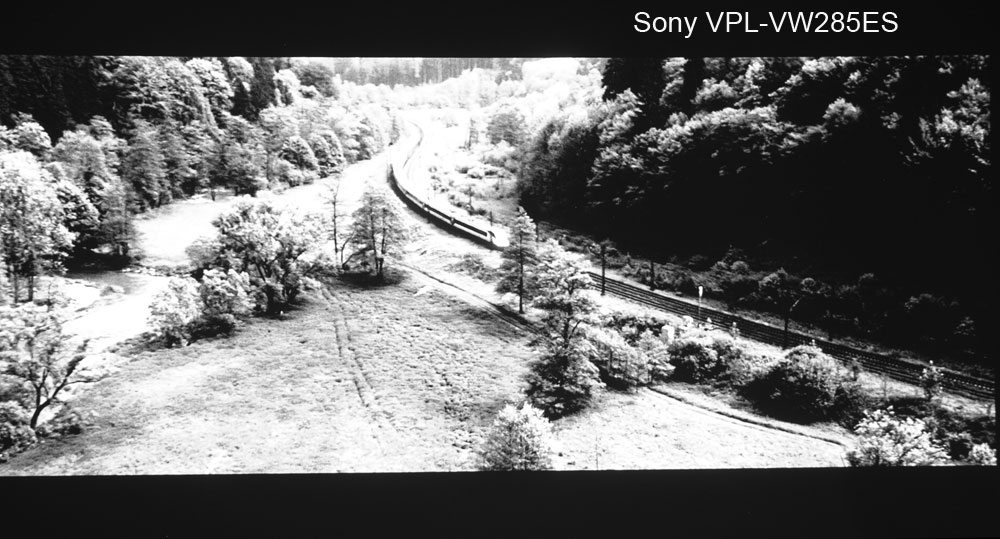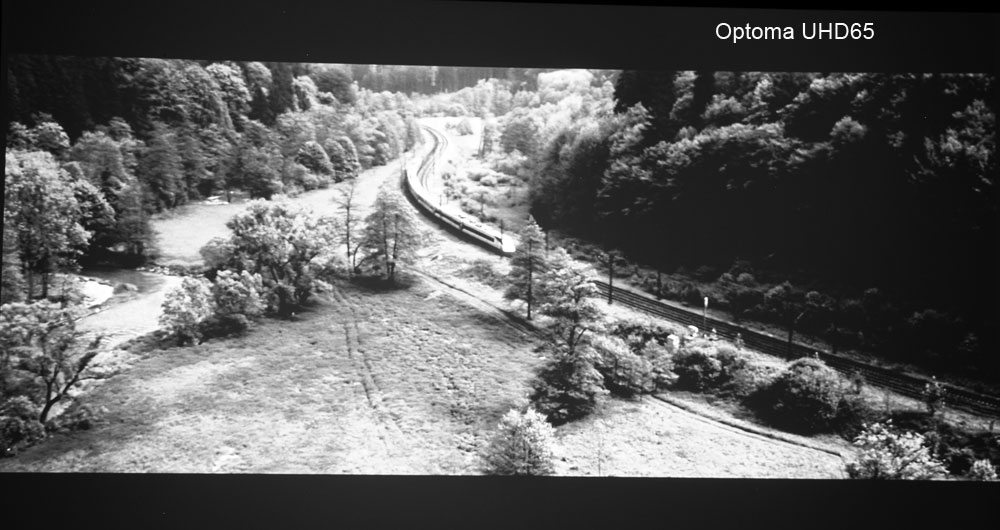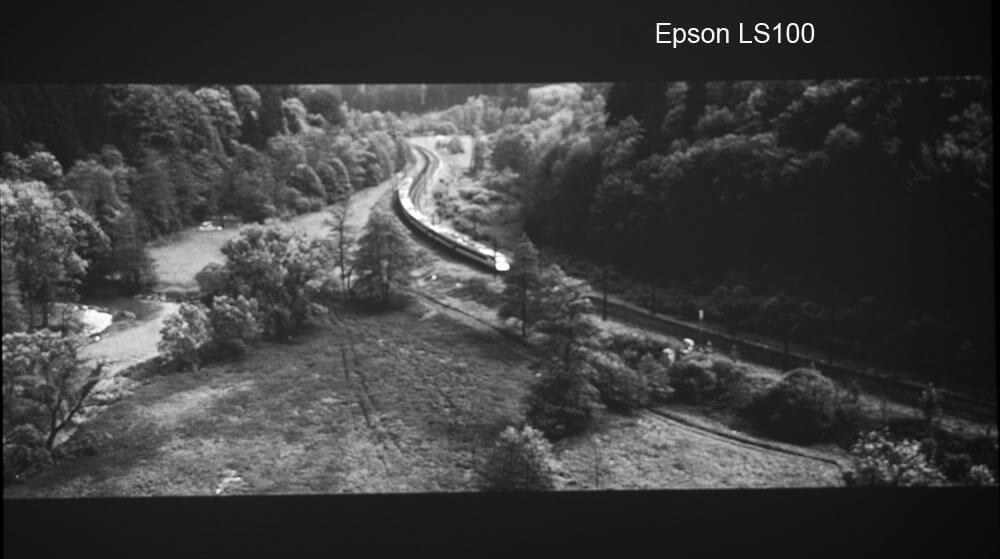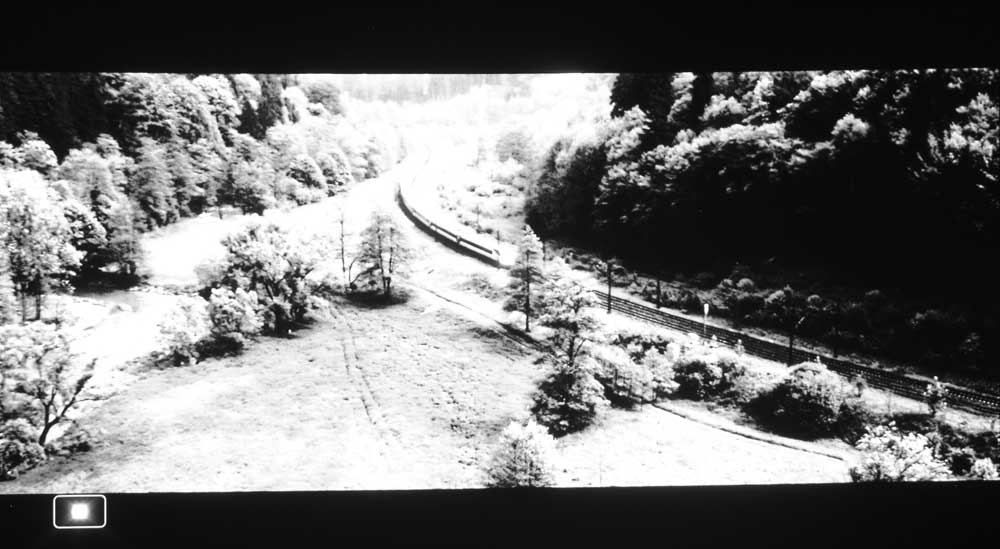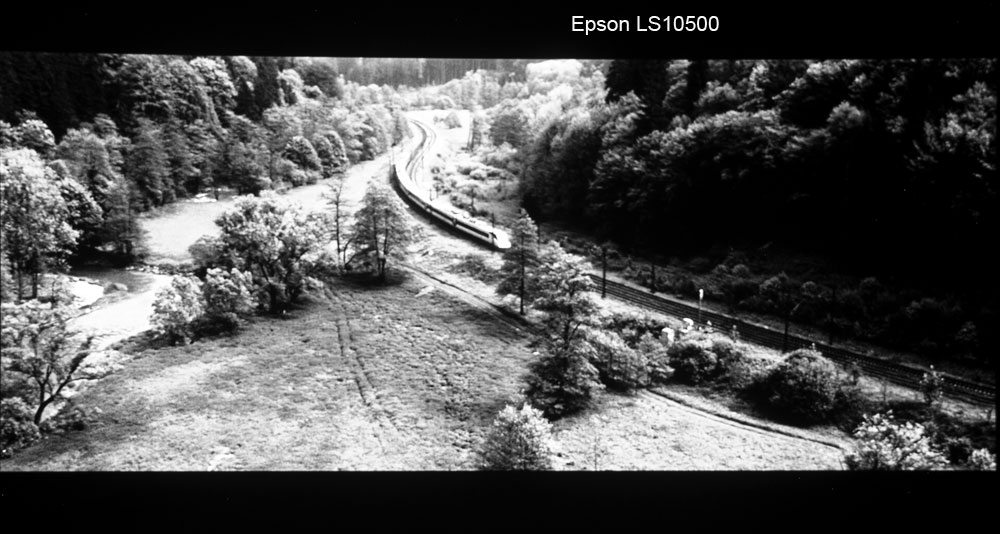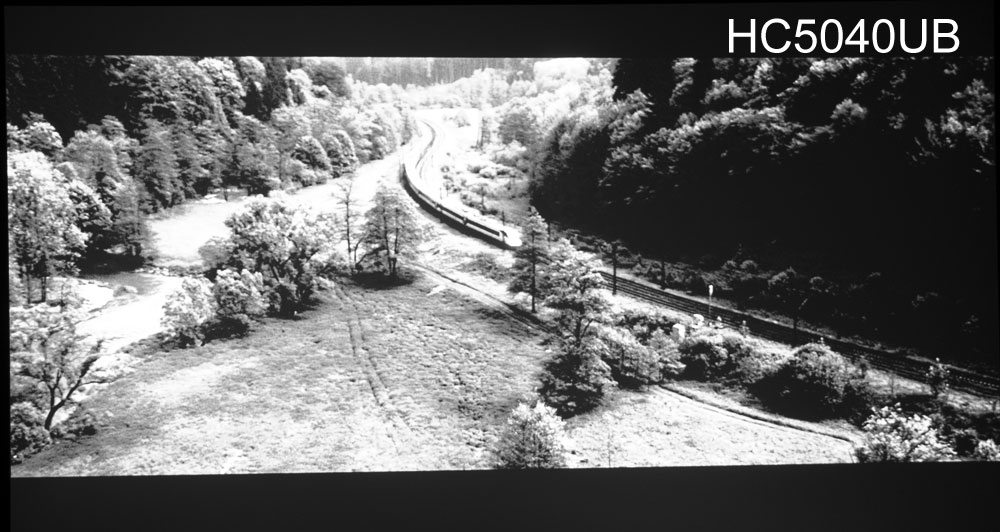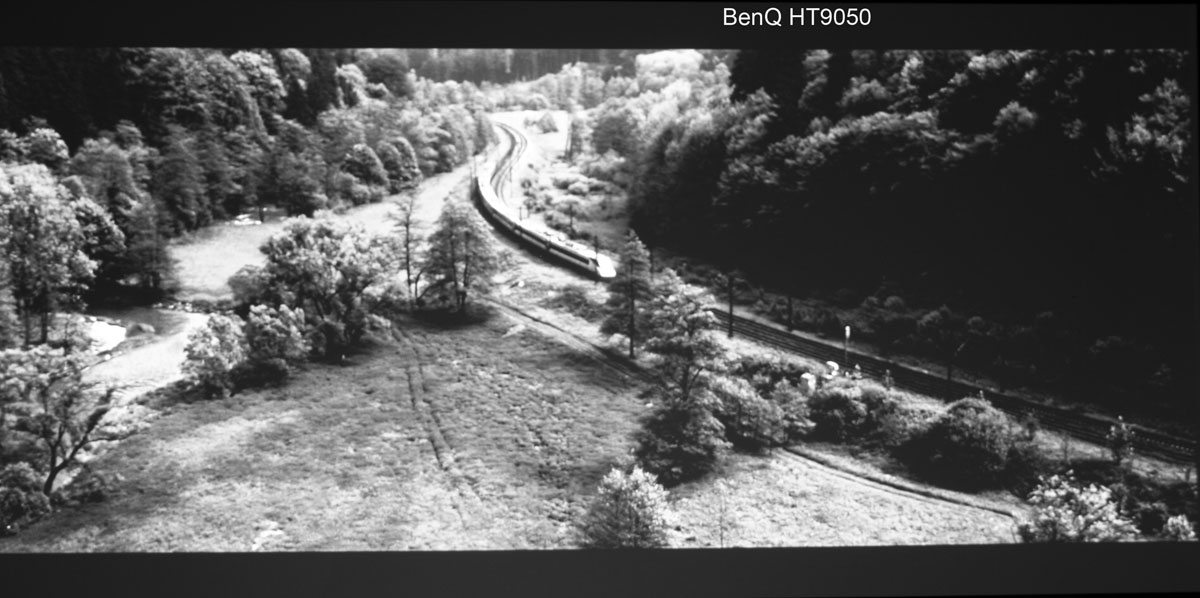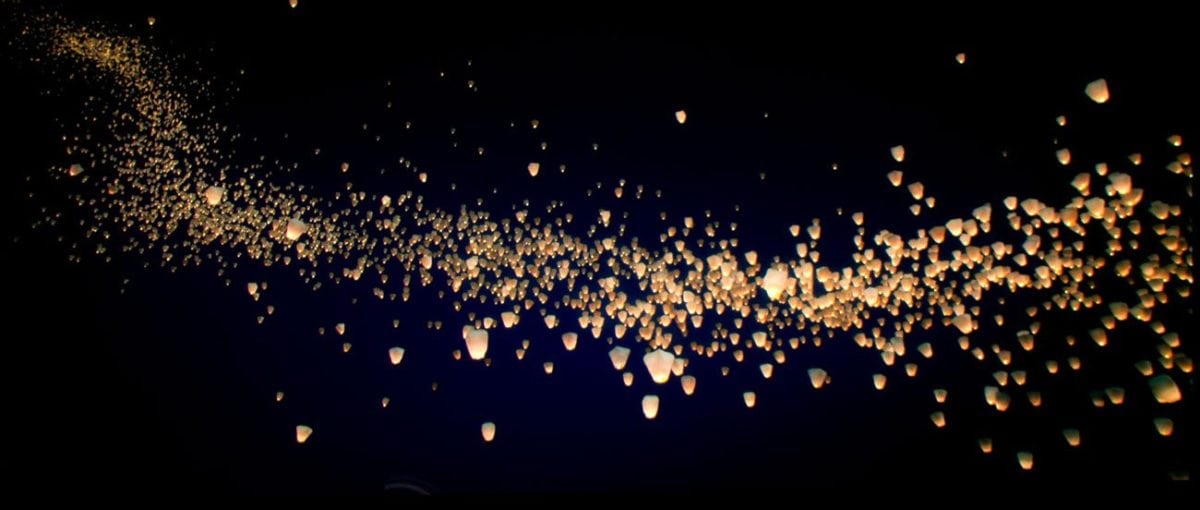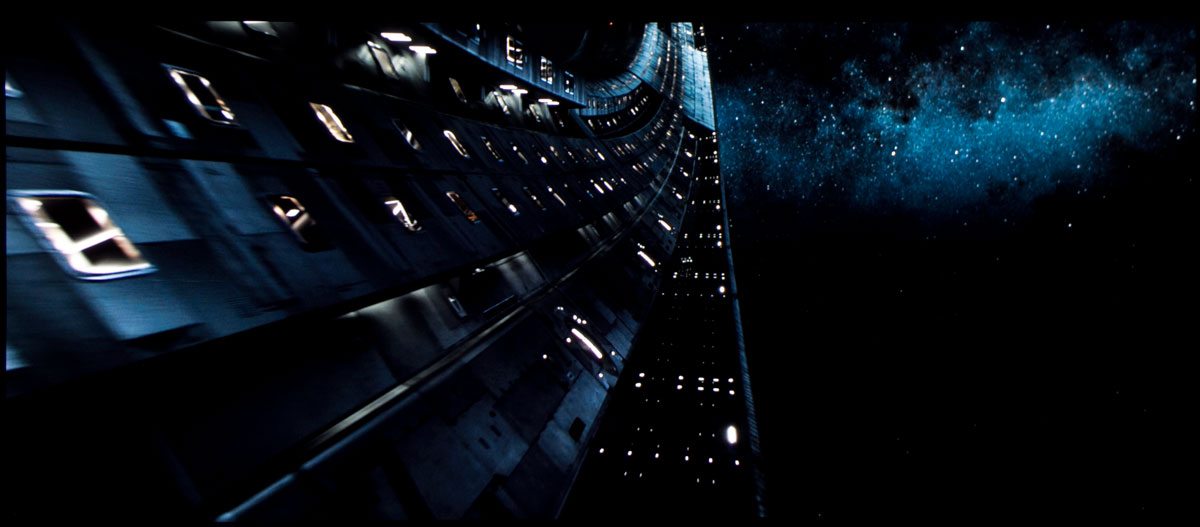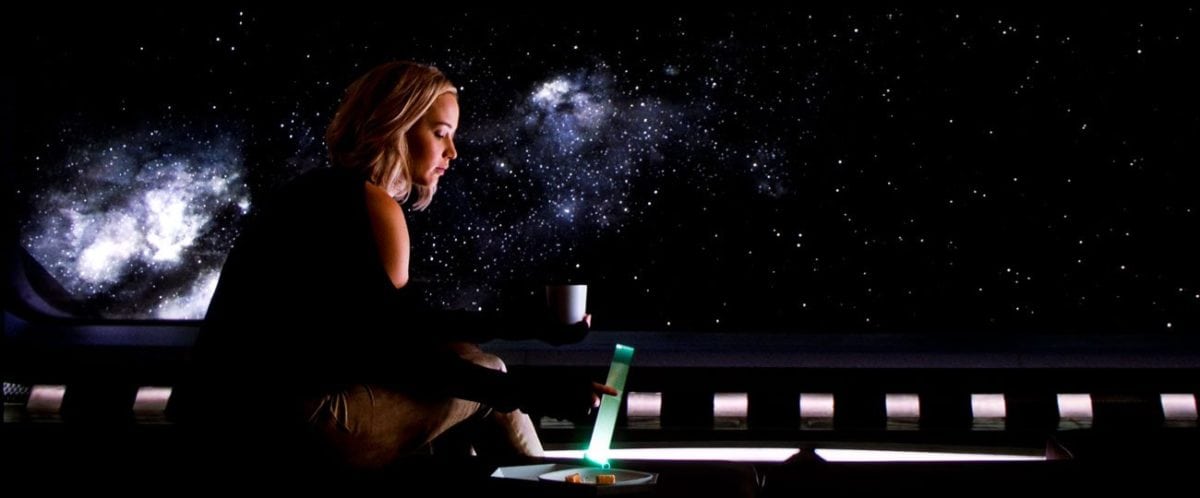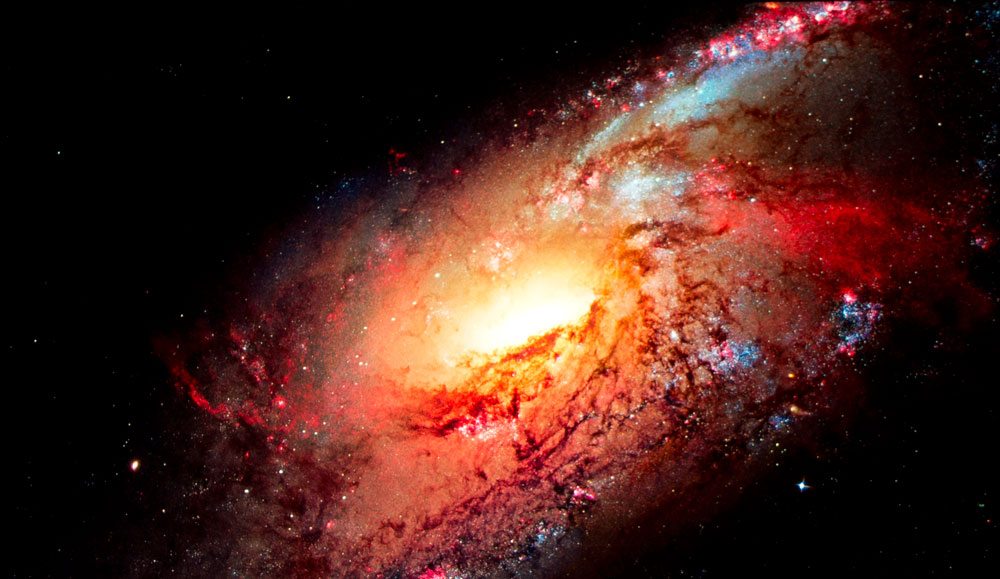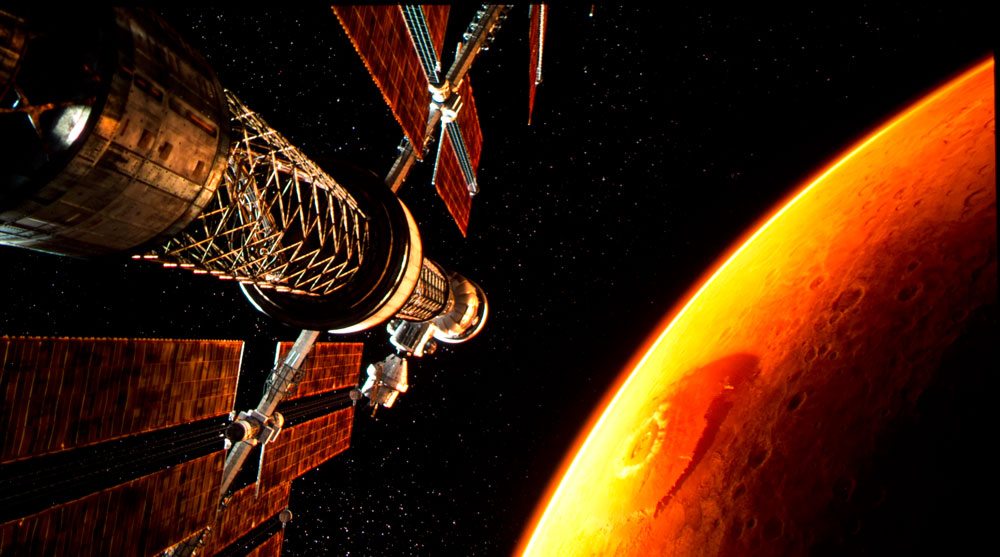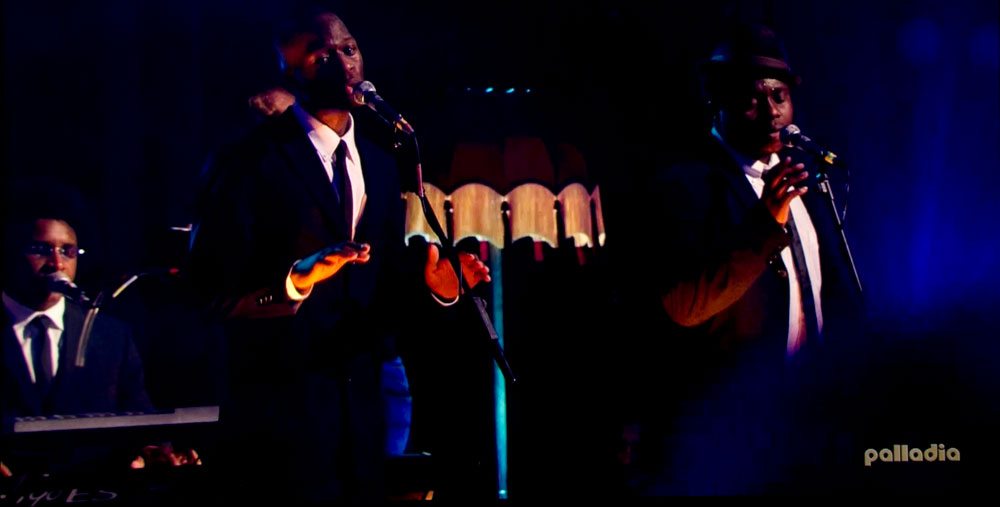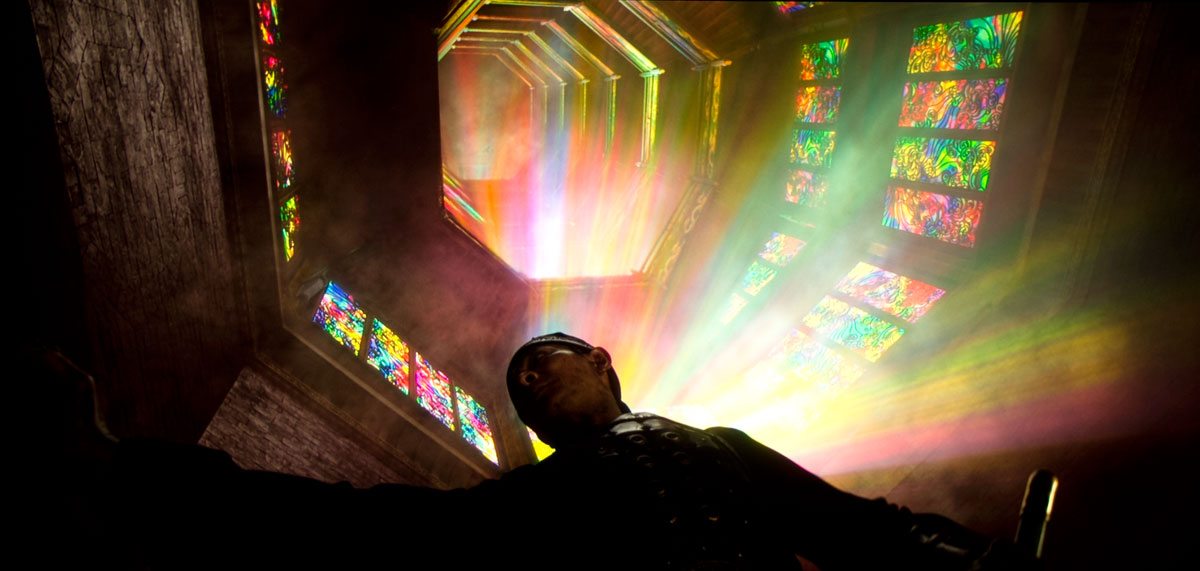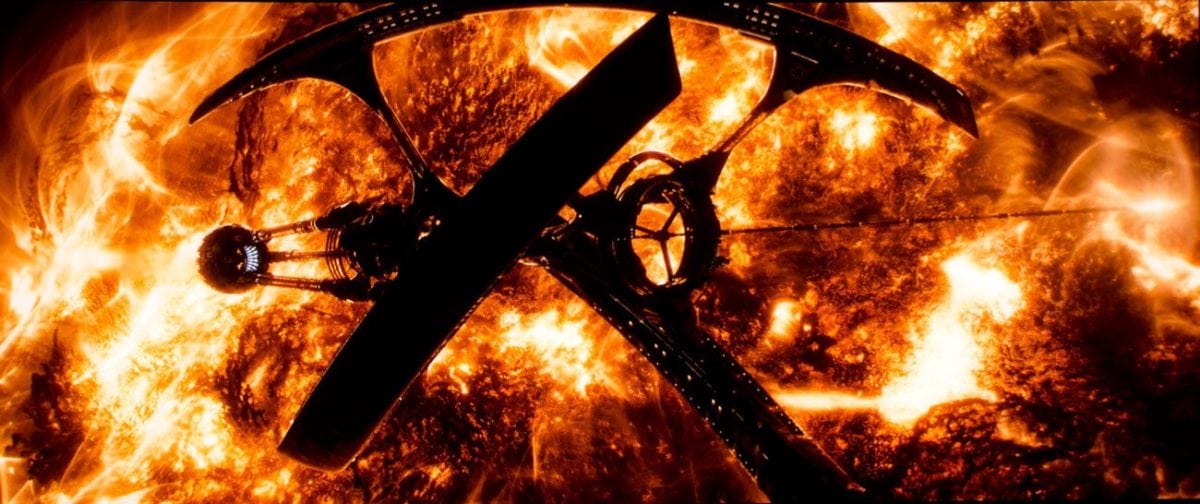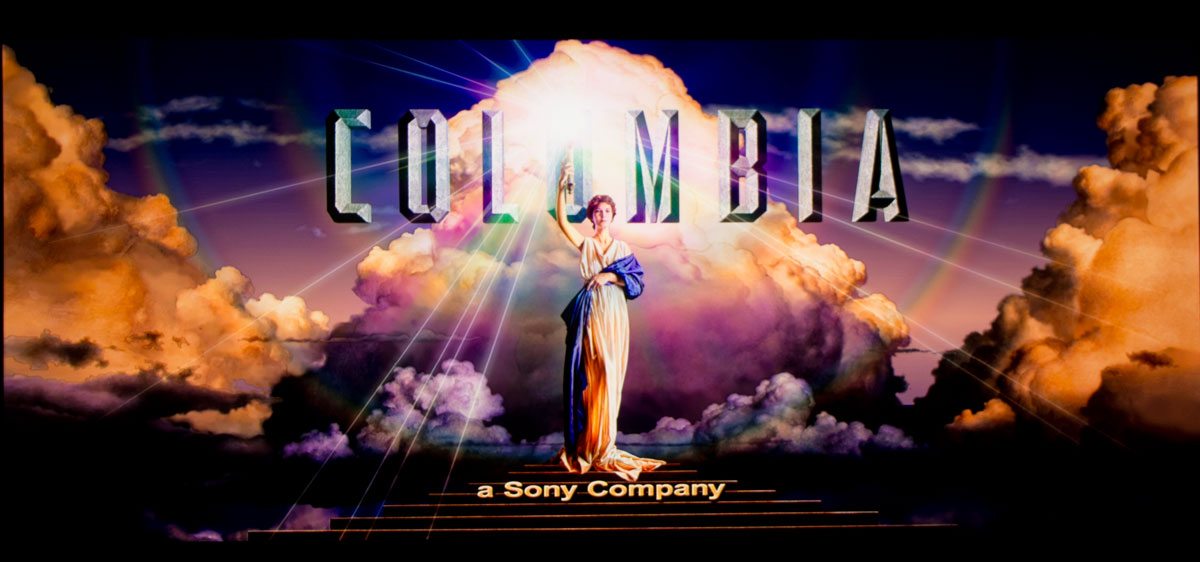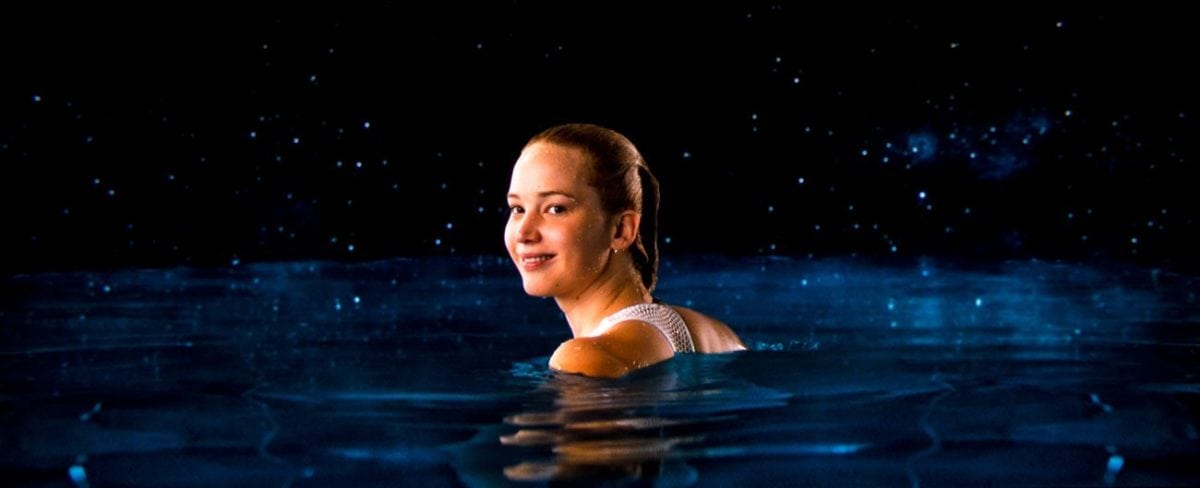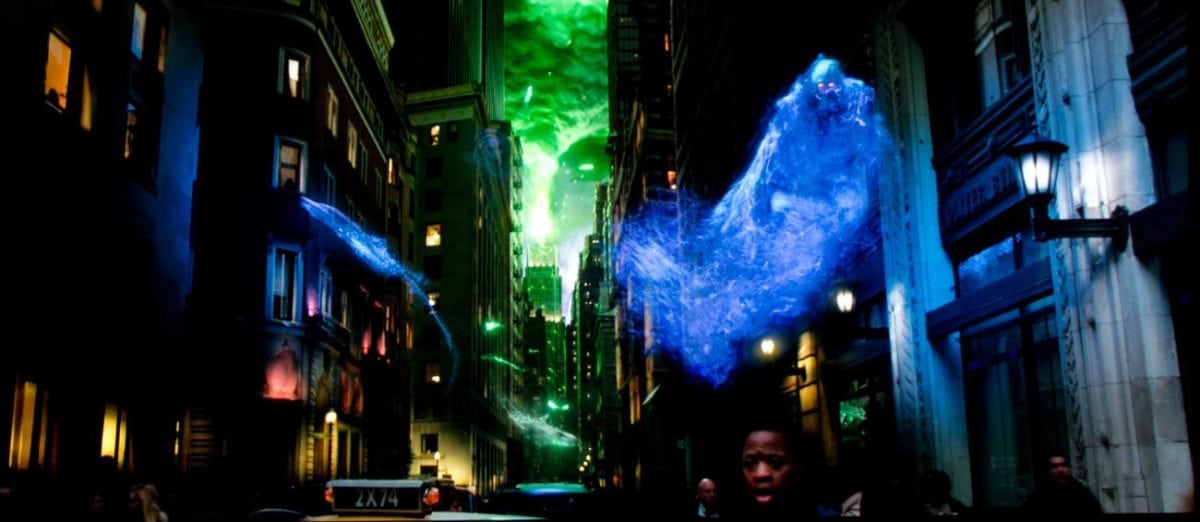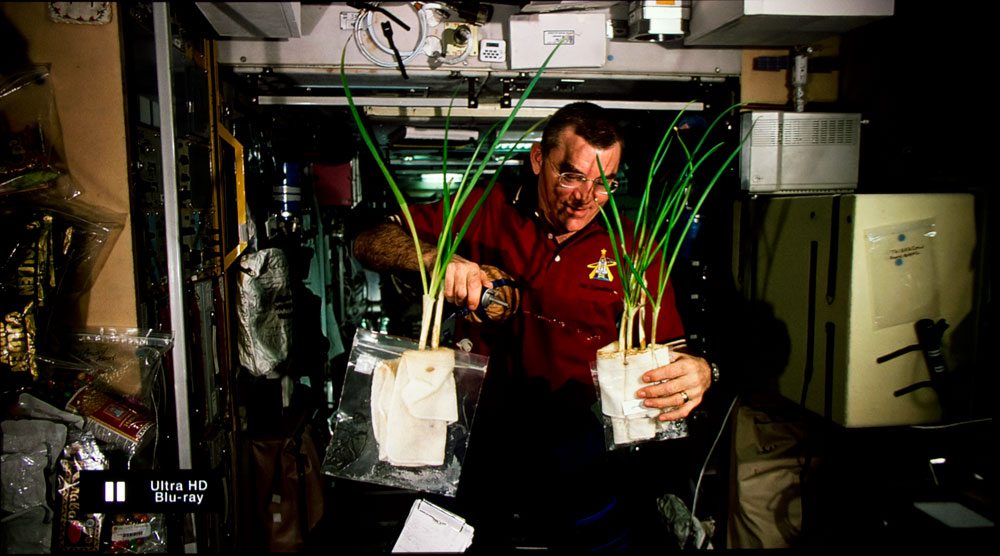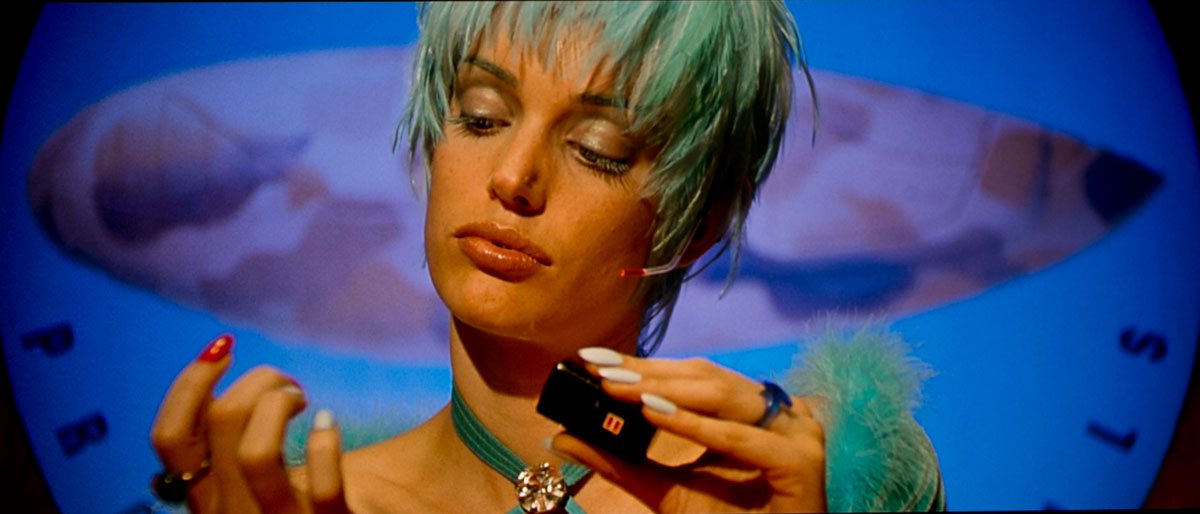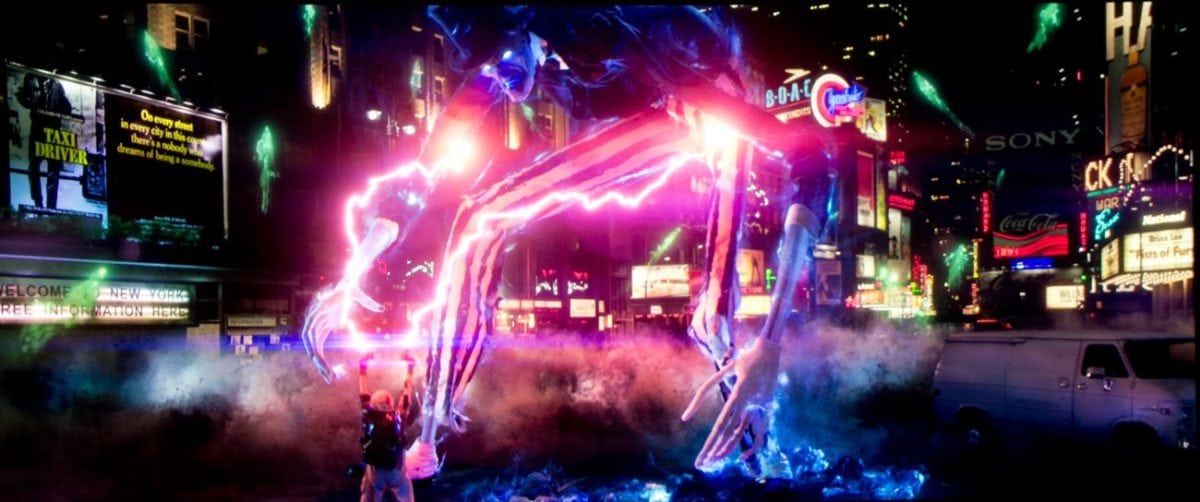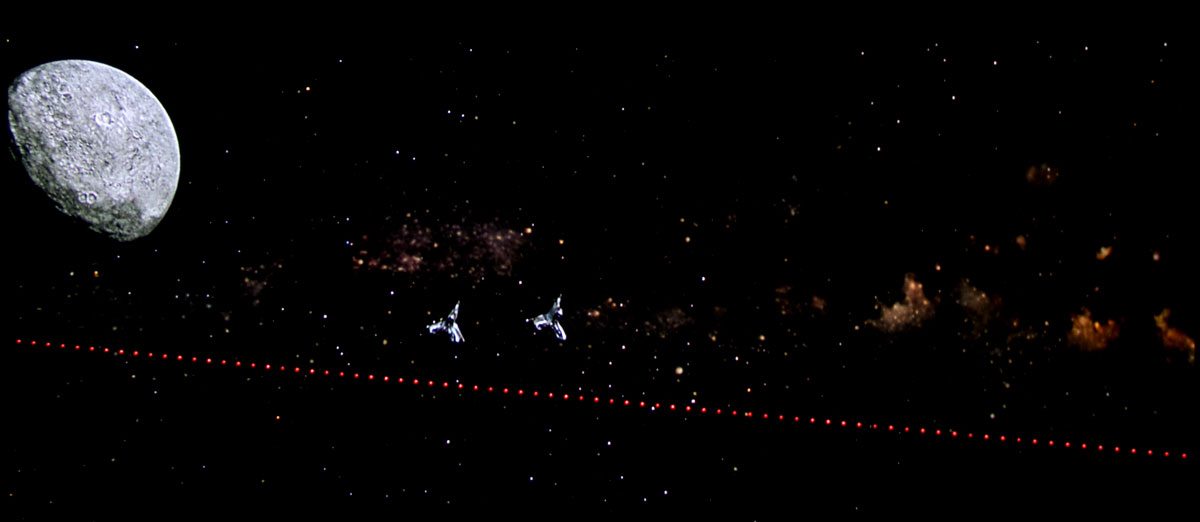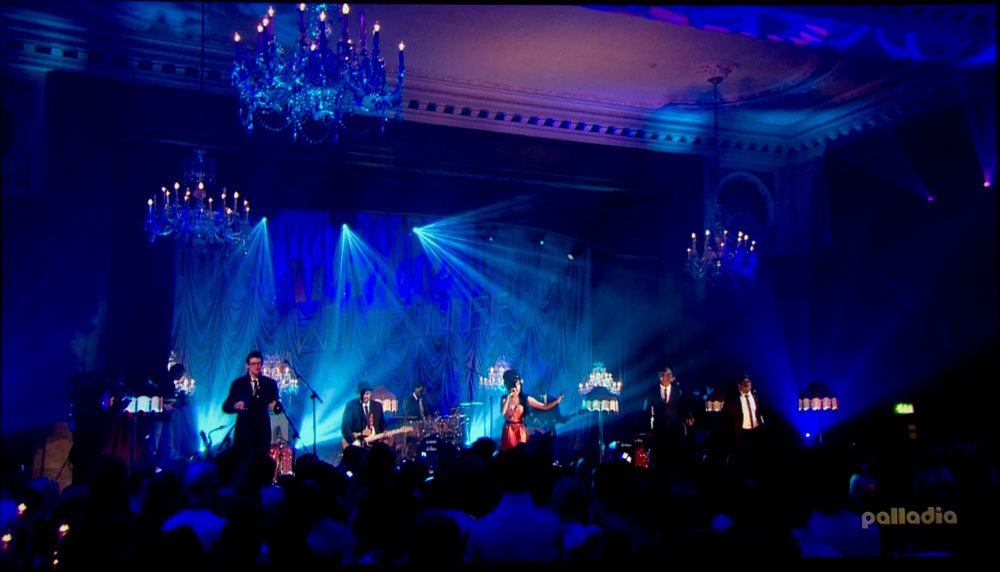I am floored! Rarely does a new projector, especially one that should be a known quantity really surprise me, especially when it exceeds my expectations.
Seems that the Sony VW285ES is one of those rarities. And more than any other aspect, it is the black level performance of the VW285ES that impressed, and surprised me. Consider:
I expected the 285ES to basically be last year's VW365ES at a $3K lower price point, with the addition of HLG - a 4K streaming standard, that wasn't around two years ago when the 365ES first shipped.
What I got right was the $3K lower price point. True, the VW285ES is $4999!
You see the old VW365ES lacked a dynamic iris (like the VW285ES). It has all motorized lens features but no lens memory. And a few other things which are the same on this Sony.
But I wasn't overly impressed two years ago, when it came to black level performance, no surprise, as the older Sony had no dynamic iris.
What I don't get, is why with the VW285ES, I am truly impressed with the black levels (which really makes me want to review the also new, step up VW385ES which adds a dynamic iris to its feature set, for even better blacks).
No, this Sony can't match the JVC's black levels but they are definitely what I call "ultra high contrast." We don't measure but I would suggest that the native contrast of the 285ES'es panels is a good deal higher than, say, the Epson 5040UB. I'd put it pretty similar to the Epson LS10500 (their 1080p pixel shifting laser projector that's $7995).
I watched well over 100 hours of content on this Sony, including all the usual 1080p and 4K, which always includes lots of sci-fy flicks, and with them, lots of very dark scenes (especially the space ones), like Passengers, Ender's Game, Ghostbusters 2016, The Martian, etc., even The Fifth Element - (this classic now available on 4K Blu-ray with HDR and BT.2020).

